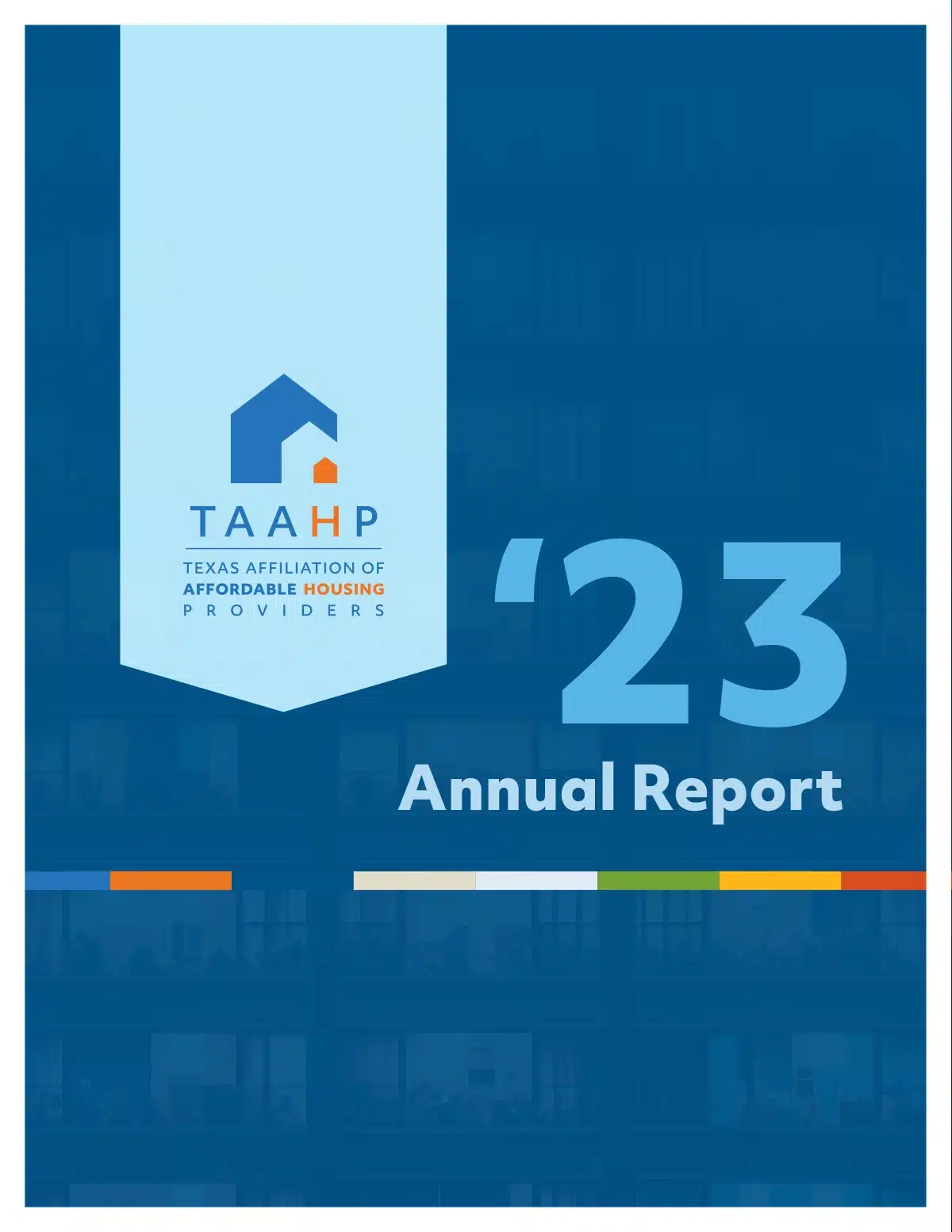From the U.S. Department of Housing and Urban Development
HUD requested an update to the 2003 RAND report, Building Better Homes: Government Strategies for Promoting Innovation in Housing (Hassel et al., 2003), from a team of researchers at the Urban Institute and Virginia Tech to better “reflect the current understanding and practice of innovation in housing while shifting the focus from Federal strategies to strategies across the board for promoting innovation in home building.” The original report examined the structure, characteristics, and motivations of major contributors and barriers within the processes of the industry’s research and development (R&D), diffusion, and adoption of housing innovations. In their analysis, the authors proposed a more realistic, non-linear innovation model that is appropriate to housing. The original report, however, refrained from extending such social science analysis into the domain of strategy and policy analysis, such as into the following areas.
- Mapping that model onto the menu of possible public-sector interventions—that is, what a housing innovation program could do.
- Identifying the context in which interventions exist—why a program can succeed.
- Defining operational criteria for intervening—or, how a program should do it.
HUD commissioned that seminal monograph under its 1998–2009 Partnership for Advancing Technology in Housing (PATH). PATH was one of the research programs created during the boom years for the homebuilding industry at the turn of the 21st century, a unique time for how homes were built and maintained in the U.S. (Martín and Whitlow, 2012). The housing world has certainly changed since then, and federal policy interventions into the industry’s means, materials, and methods must adapt as well.
Consequently, the Urban-VATech team produced the current report with 1) an exhaustive review of scholarly productions and media coverage regarding the housing innovation process and innovation rates that have been published since 2003; 2) an analysis of the industrial and policy contexts for past interventions; 3) the identification of core administrative and operational decisions that must be considered for public-sector investments in housing innovation or for promoting innovation within the private sector; and 4) outreach and feedback from housing innovation specialists and a wider stakeholder pool from industry and academia, leading particularly through a workshop held on March 29, 2018 at the Virginia Tech Research Center in Arlington, Virginia.

